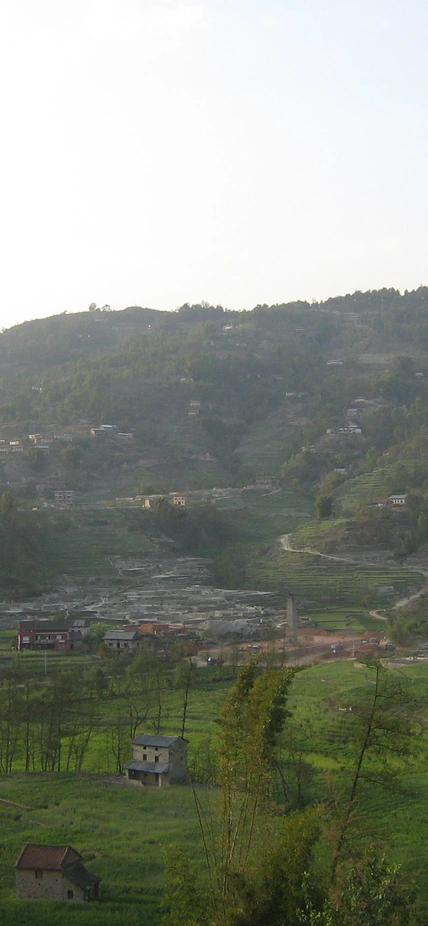Washington, DC— Carnegie’s Ken Caldeira and Geeta Persad are co-recipients of one of nine National Science Foundation grants for research on how humans and the environment interact. The nine projects were awarded $13 million overall.
The Coupled Dynamics of Natural and Human Systems program “considers humans and the environment as one interconnected system,” said the NSF when announcing the grants. The awardees were selected because they “look at ways in which people deal with environmental processes in a range of settings, including coasts, woodlands, and cities.”
As Carnegie’s grantees, Caldeira and Persad aim to help countries optimize how they meet their commitments under the Paris Agreement by focusing on the short-lived air pollutants, like soot, which are co-emitted by many of the same processes that emit the longer-lived carbon dioxide that is the main focus of most countries’ Paris commitments.
These short-lived pollutants affect both climate and air quality and have their own impacts on human health and agricultural productivity.
"Unlike most of the effects of carbon dioxide, many of the climate and health impacts of shorter-lived pollutants are felt more strongly close to their emissions source" explained Persad, who will be spearheading Carnegie's participation. "This also means that the benefits of mitigating short-lived pollutant emissions can be gained closer to home too, which can allow countries to maximize the local benefit that they get alongside the global benefits of their carbon dioxide reductions."
The Carnegie team will use global atmospheric models, partly enabled by the Carnegie Institution’s new high-performance computing cluster, to simulate how short-lived pollutants from different sectors and different countries get transported through the atmosphere and the distribution and strength of their climate and air quality effects.
Their objectives are part of an overall teamwide goal of understanding the intertwined dynamics of long- and short-lived emissions, both in the environment and in the world of policymaking, led by principal investigator Jennifer Burney of University of California San Diego. They are joined by Marshall Burke, of Stanford Earth System Science, and Eran Bendavid, of the Stanford Medical School.
The team plans to investigate how to properly quantify and understand the compounded effects of both long-lived greenhouse gases, like carbon dioxide and methane, and short-lived pollutants, such as tropospheric ozone, black carbon, and sulfur dioxide. Although long- and short-lived emissions often come from the same processes, studies do not often consider them in sum—neither when measuring how they impact the environment nor when planning mitigation strategies. The team will combine Caldeira and Persad’s model simulations with new estimates of the health and agricultural impacts of different short-lived air pollutants. They will also study how governments might make different policy decisions if they were to factor these localized impacts into their mitigation planning. By the end of the four-year, $1.5 million grant, the team plans to build a simulator that will let users see how the different choices for carbon dioxide mitigation available to individual countries might map to different local and global costs and benefits.
"Our role, as scientists is to provide decision-makers with the best available scientific evidence and understanding, so that they may decide how to effectively address society’s most pressing needs," Caldeira said. "We are that honored that the National Science Foundation is helping us to provide this service."
As part of this project, Persad will attend the 23rd Conference of the Parties to the United Nations Framework Convention on Climate Change this November in Bonn, Germany as an official observer for Carnegie. Persad hopes to learn how governments engage with scientific information in the negotiation process to understand how the team can make their research products most accessible and useful to decision-makers.
Top Image Caption: A smoggy vista of the Himalayan foothills in Nepal show a brick kiln (center) surrounded by agricultural terraces and homes. The team plans to use their new National Science Foundation grant to study how accounting for the climate, health, and agricultural impacts of both the long-lived carbon dioxide and the shorter-lived local pollutants, like soot, produced by different sectors can help countries to optimize how they meet climate mitigation goals like those under the Paris Climate Accord. Image is courtesy of Geeta Persad.
